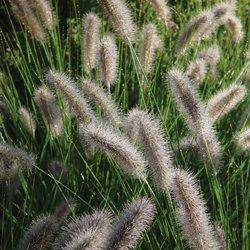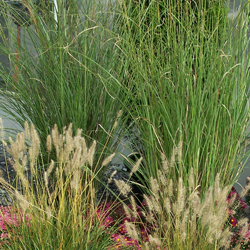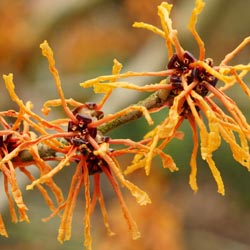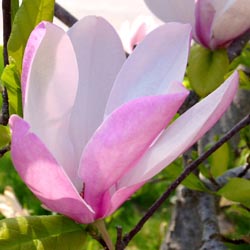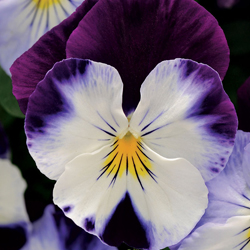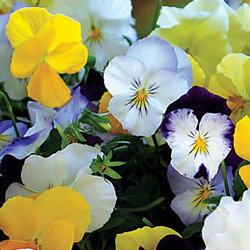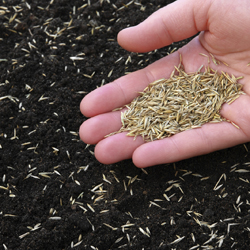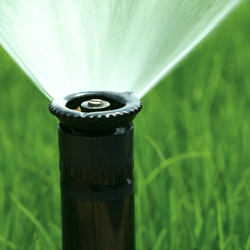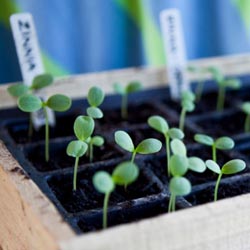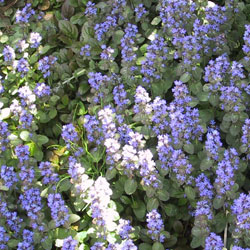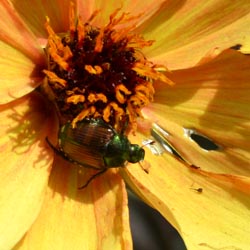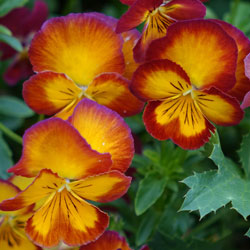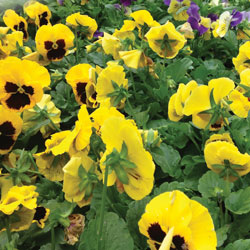Is your landscape afflicted with poor, low-quality soil? Areas of scorching sun? A problematic bank or steep drop? Sedums can be the answer!
Why You Will Love Sedums
There is no reason any area of your landscape should go bare when there are so many spreading sedums that thrive under what would otherwise be adverse conditions. Easy-to-grow, sedums are available in a wide variety of leaf textures and heights to fit even awkward corners, narrow terraces or thin alleyways. Low-growing sedums not only act as a great ground cover for problem areas but also work well in unusual landscape designs such as rock gardens or on green roofs. Taller sedums look great when planted with ornamental grasses and easy perennials such as cone flowers and black-eyed-susans.
The thick, lush succulent can have any shade of green, gold, purple, red and even blue leaves, adding stunning color to your yard. Variegated foliage varieties add visual interest even when the plant is not blooming, ensuring a beautiful plant for a much longer season. Once planted, sedum varieties require very little care and do well even if neglected.
Our Favorite Sedums
Because sedums come in a variety of sizes, be sure to choose a plant with a mature size that will match your landscaping space. In addition to considering the plant’s horizontal spread, also consider its height to get the full visual impact of these great landscape additions.
The best tall sedums include…
- Autumn Joy – 2’ tall with pink flowers
- Autumn Fire – 2’ tall with rose flowers that mature to a deeper coppery red
- Black Jack – 2’ tall featuring deep purple foliage with brighter pink flowers
- Carl – 2’ tall with magenta flowers that bloom in late summer
- Matrona – 3’ tall with pale pink blooms and gray-green foliage that shows a hint of pink
- Purple Emperor – 1 ½’ tall featuring red flowers and dramatically deep purple foliage
For smaller spaces when a low-growing plant is needed, consider these low-growing sedums…
- Angelina – needle-like, yellowish-peach foliage with yellow flowers
- Blue Spruce – needle-like blue foliage with contrasting yellow flowers
- Bronze Carpet – green foliage tinged white and pink and featuring red flowers
- Dragon’s Blood – dramatic bronze-red foliage with deep pink flowers
- John Creech – scalloped green foliage with pink flowers
- Larinem Park – grey-green rounded foliage with white flowers
- Vera Jameson – pink-tinged grey-green foliage with coordinating pink flowers
No matter what your landscaping needs and preferences – filling an awkward area, opting for an easy-care plant, adding drama and color to your garden plan – sedums can be the perfect solution.












